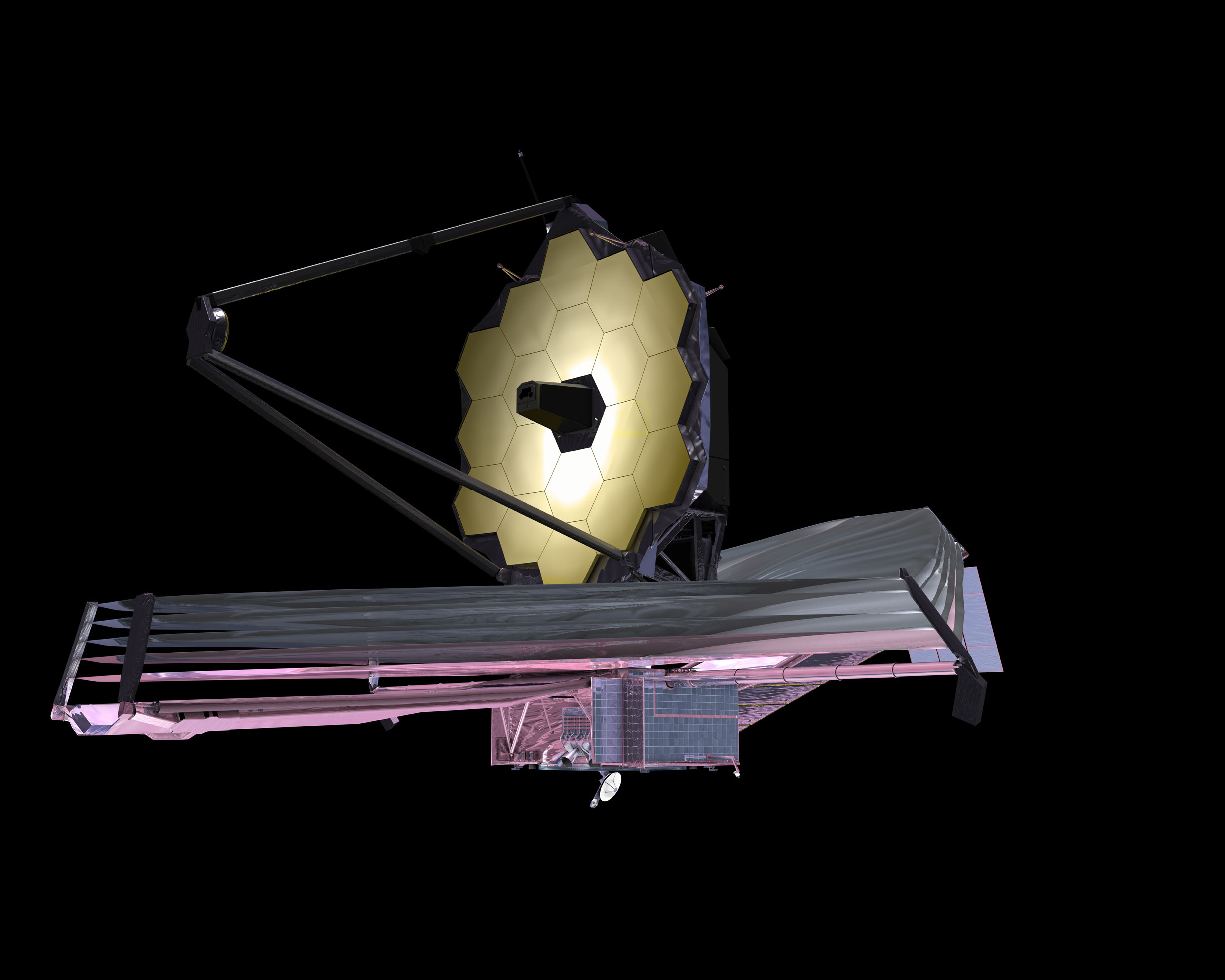Scientists Fight for Controversial James Webb Space Telescope

Supporters of the James Webb Space Telescope united today (Sept. 21) to advocate for the ambitious project, despite its increasing costs and repeated delays.
Some of the project's staunchest supporters, including the telescope's senior project scientist and NASA's program director for the mission, made the case for James Web during a web conference hosted by the Space Telescope Science Institute in Baltimore, Md., which will serve as the Science and Operations Center for JWST.
"I invite people to try and imagine today where astronomy would be without Hubble, because my expectation is that JWST will be transformative in a very similar way," said Roberto Abraham, an astronomer at the University of Toronto. "When I think about where I would be and where my field would be without Hubble, I want to run away screaming. I just can't conceive of giving up that sort of capability with JWST for the future." [Photos: Building the James Webb Space Telescope]
The James Webb Space Telescope, a general-purpose infrared observatory, has been billed as the successor to the Hubble Space Telescope. Yet repeated difficulties have pushed its launch date back to 2018 and its budget up to $8.7 billion, at latest count.
The U.S. House Appropriations Committee has even gone so far as proposing to scrap the mission, and zeroed-out the funding allocated for JWST in its fiscal 2012 appropriations bill. However, the Senate Appropriations Committee moved to save the telescope by increasing JWST funding in its version of the appropriations bill.
The telescope will feature a 6.5 meter primary mirror that will allow glimpses into some of the farthest reaches of the universe. Proponents say it offers the chance to make huge breakthroughs in the study of star and galaxy formation in the early universe, the mysteries of dark matter and dark energy, and the search for planets around other suns. The observatory is a collaboration between NASA, the European Space Agency and the Canadian Space Agency.
"I'm speaking as a heavy user of the Hubble Space Telescope, and, hopefully, a future heavy user of the James Webb Space Telescope," said astronomer Julianne Dalcanton of the University of Washington. "With the James Webb Space Telescope, things that are currently ambitious are going to become routine. The impossible is going to become possible. The capabilities, the more I've looked into them, I get increasingly excited about the science that I can do with this telescope."
Get the Space.com Newsletter
Breaking space news, the latest updates on rocket launches, skywatching events and more!
Yet not all scientists are excited about the project. Some researchers, especially those in fields such as planetary science and solar physics, fear that JWST's bulging budget will siphon off funds from their own disciplines. An editorial signed by 18 planetary scientists in the Sept. 8 issue of the Planetary Exploration Newsletter argued that JWST should not come at the expense of other NASA missions. [Q&A With John Mather, JWST Senior Project Scientist]
In reaction to some of this discontent, planetary scientist Jonathan Lunine of Cornell University, a member of the JWST Science Working Group, pointed out that James Webb will offer significant capabilities of interest to planetary scientists as well as astrophysicists, such as the ability to observe both planets in our own solar system and alien worlds around other stars. If some portion of JWST's funds must come out of NASA's planetary science budget, the investment would be worth it, he argued.
"Between 6 to10 percent of Hubble time is used by planetary scientists," Lunine said during the web conference. "One expects that a large amount of JWST time will go to planetary topics.
Matt Mountain, director of the Space Telescope Science Institute, agreed.
"This isn't just an astrophysics mission, this is a science mission," Mountain said.
The JWST team also stressed that many changes have been put in place over the last year, following an October 2010 independent review panel report that blamed budgeting and management failures for the project's significant cost growth and schedule delays.
"JWST is on a new path," said Rick Howard, program director of the JWST Program Office at NASA Headquarters in Washington. "All of JWST senior management at [NASA's Goddard Space Flight Center] and headquarters were replaced. This is really our last chance to do this right. Everyone understands that, so we have been very careful to put together a re-plan that we feel is robust."
Ultimately, whether or not NASA is able to follow through on the project will be hugely significant, the scientists said.
"JWST is seen by people as a litmus test for whether the U.S. really wants to remain a leader in space," Abraham said. "There's no doubt that JWST is a big challenge. But getting JWST done is seen by the international community as a pretty clear message that the U.S. is still capable of doing really great things."
You can follow SPACE.com senior writer Clara Moskowitz on Twitter @ClaraMoskowitz. Follow SPACE.com for the latest in space science and exploration news on Twitter @Spacedotcom and on Facebook.
Join our Space Forums to keep talking space on the latest missions, night sky and more! And if you have a news tip, correction or comment, let us know at: community@space.com.

Clara Moskowitz is a science and space writer who joined the Space.com team in 2008 and served as Assistant Managing Editor from 2011 to 2013. Clara has a bachelor's degree in astronomy and physics from Wesleyan University, and a graduate certificate in science writing from the University of California, Santa Cruz. She covers everything from astronomy to human spaceflight and once aced a NASTAR suborbital spaceflight training program for space missions. Clara is currently Associate Editor of Scientific American. To see her latest project is, follow Clara on Twitter.